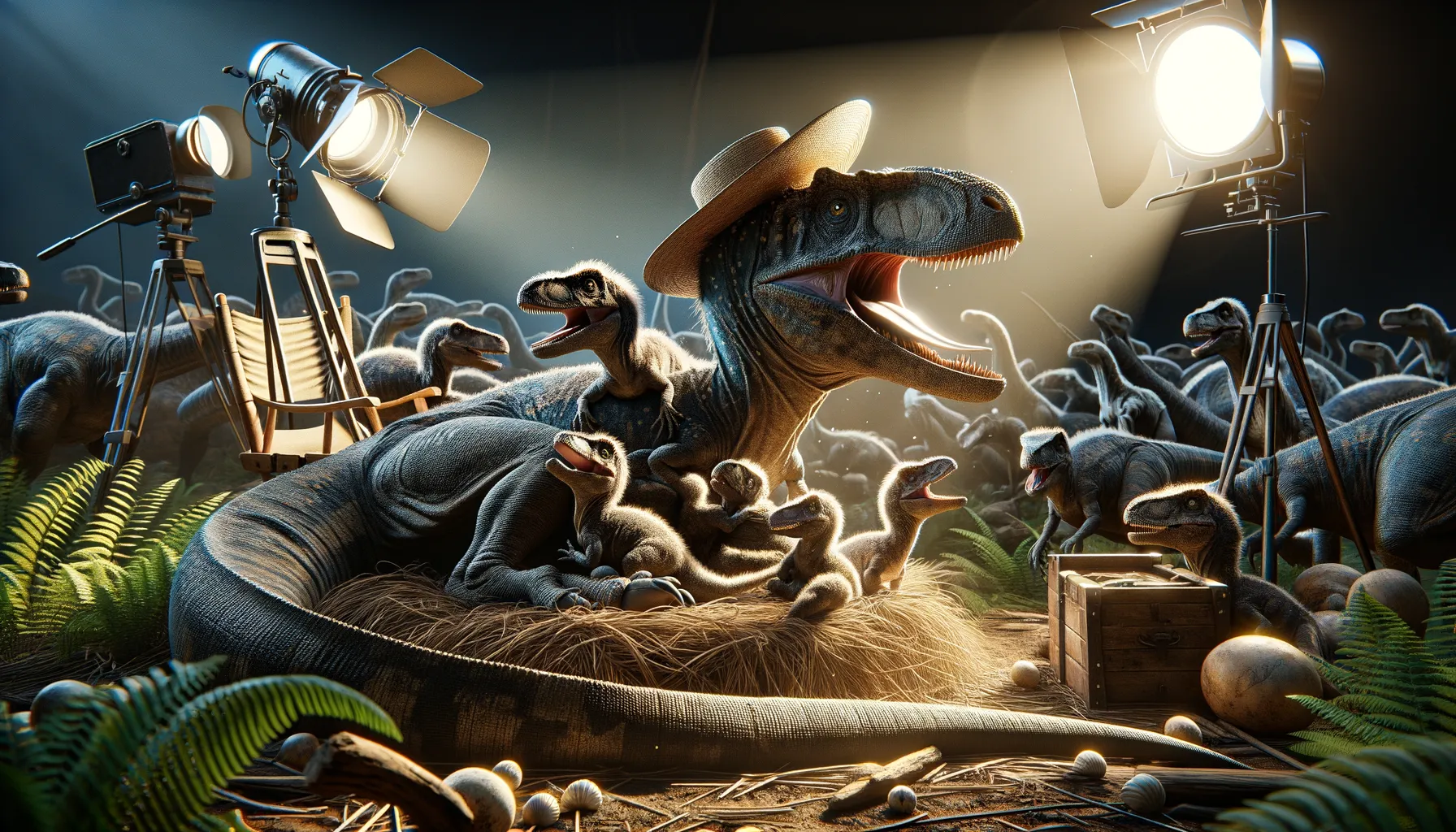
Maiasaura
Caring Cretaceous creature of the herds.
Period
Cretaceous
Length
About 9 meters long.
Height
Around 2.5 meters tall at the hip.
Weight
Approximately 2.5 tons.
Maiasaura was a herbivorous dinosaur known for its care of young, indicating that it exhibited complex behaviors not commonly attributed to dinosaurs before its discovery. Living in large herds in the Late Cretaceous period, it displayed social behaviors that have sparked much interest among paleontologists. Fossils of this dinosaur suggest it was a nurturing parent, making it a central figure in studies of dinosaur behavior.
Diet
Maiasaura was a herbivore, primarily feeding on the conifer leaves, seeds, and fruit of its time. Its teeth were well-suited for grinding plant material, suggesting a diet focused on tough vegetation.
Hunting
Being an herbivore, Maiasaura did not hunt other creatures. Instead, it foraged for plants, moving in herds to find sufficient food.
Environmental challenges
Maiasaura faced environmental challenges such as finding enough food resources to support its large herds. Seasonal changes might have impacted the availability of plants. Predators were also a threat, especially to the young, so group living provided safety in numbers.
Speed
Moderate; likely moved in herds.
Lifespan
Estimated to live up to 20 years.
First discovery
Discovered in Montana, USA, in 1978.
Fun Facts
- Maiasaura means 'good mother lizard', highlighting its nurturing behavior towards its young.
- Fossil evidence suggests that Maiasaura lived in large colonies and nested in groups.
- Maiasaura is known for laying eggs in clusters, similar to modern-day birds.
- They lived approximately 76.7 million years ago during the late Cretaceous period.
- Maiasaura could grow up to 30 feet long and weigh about 3 tons.
- Their teeth were well-suited for chewing tough, fibrous vegetation, indicating a herbivorous diet.
- The discovery of their nesting sites helped paleontologists understand dinosaur family life better.
Growth and Development
Maiasaura is known for its rapid growth, reaching nearly adult sizes within a few years. Fossils indicate that they nurtured their young, with evidence of nesting sites showing that juveniles were cared for by adults. Newly hatched Maiasaura remained in nests until they were strong enough to join the herd.
Habitat
Maiasaura lived in what is now the western United States, particularly in floodplain environments. These areas provided the lush vegetation needed for sustenance and supported large herds. Fossil evidence suggests they lived in seasonal environments with wet and dry periods.
Interaction with other species
Maiasaura coexisted with predators like Tyrannosaurs, making herd behavior a crucial defense strategy. They also lived alongside various herbivores, creating a dynamic ecosystem. Interaction was likely dictated by competition for food and the need for mutual protection.
Natural lifespan
Maiasaura likely lived up to 20 years in the wild.
Reproduction
Maiasaura exhibited notable reproductive behaviors, laying eggs in large communal nesting grounds. Each nest contained as many as 30 to 40 eggs, indicating a potential for high offspring numbers. Parental care was evident from the close physical proximity of adults to nests.
Social behaviour
Maiasaura is believed to have been highly social, living in large herds for protection and communal nesting. This herd behavior likely played a significant role in its survival strategy. Evidence suggests that they engaged in group activities, possibly including coordinated migrations.
Fossil locations
Maiasaura fossils have primarily been found in the Two Medicine Formation in Montana, USA. The discovery of nests, eggs, and young has provided significant insights into this species' life. These fossil sites are some of the most detailed in terms of the life cycle and behavior of dinosaurs.
